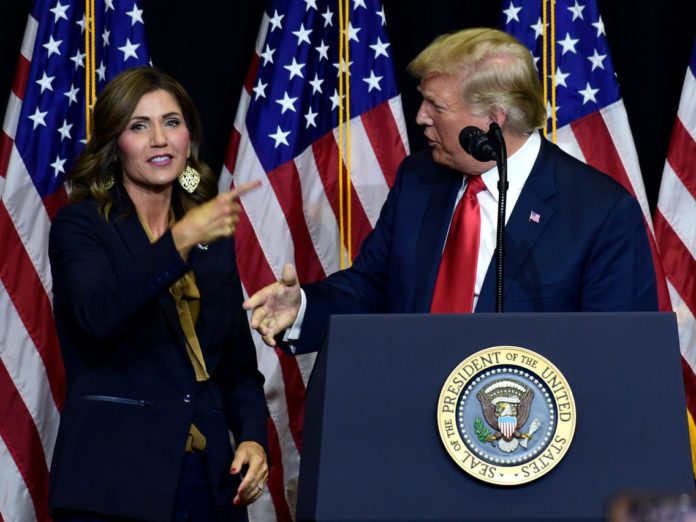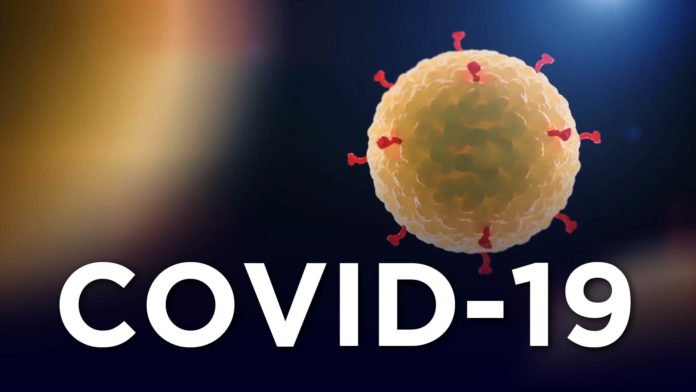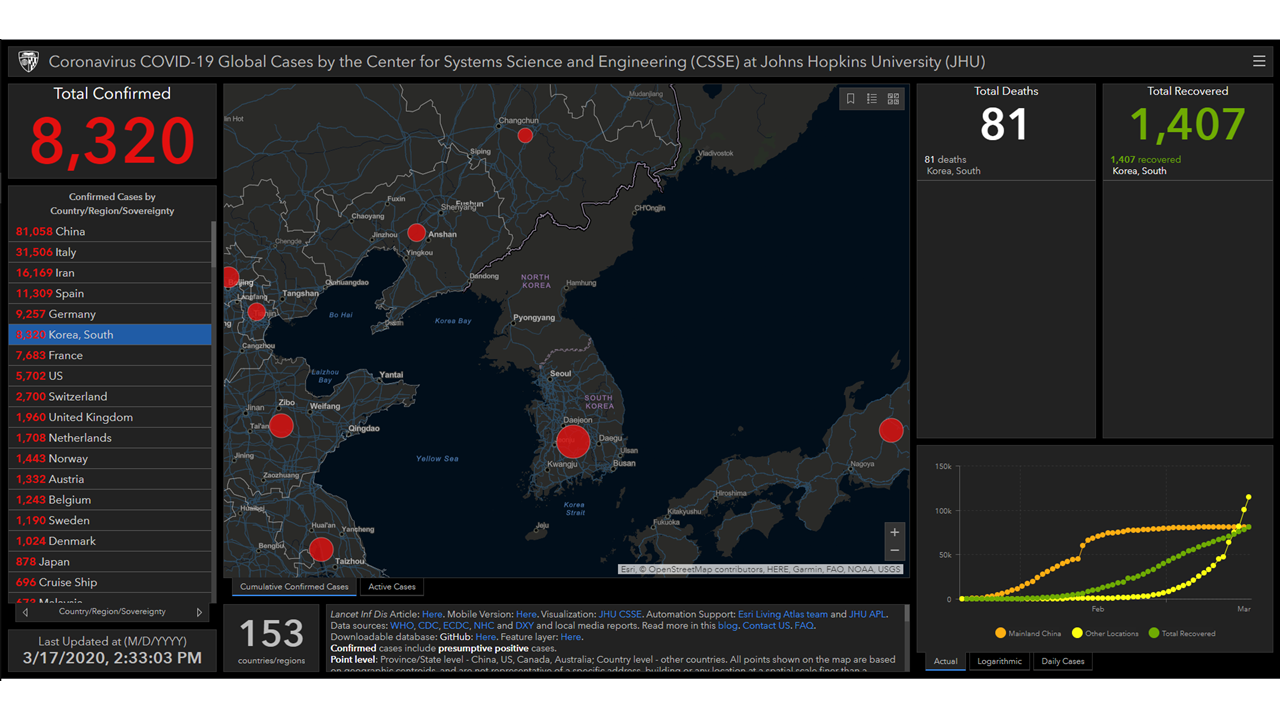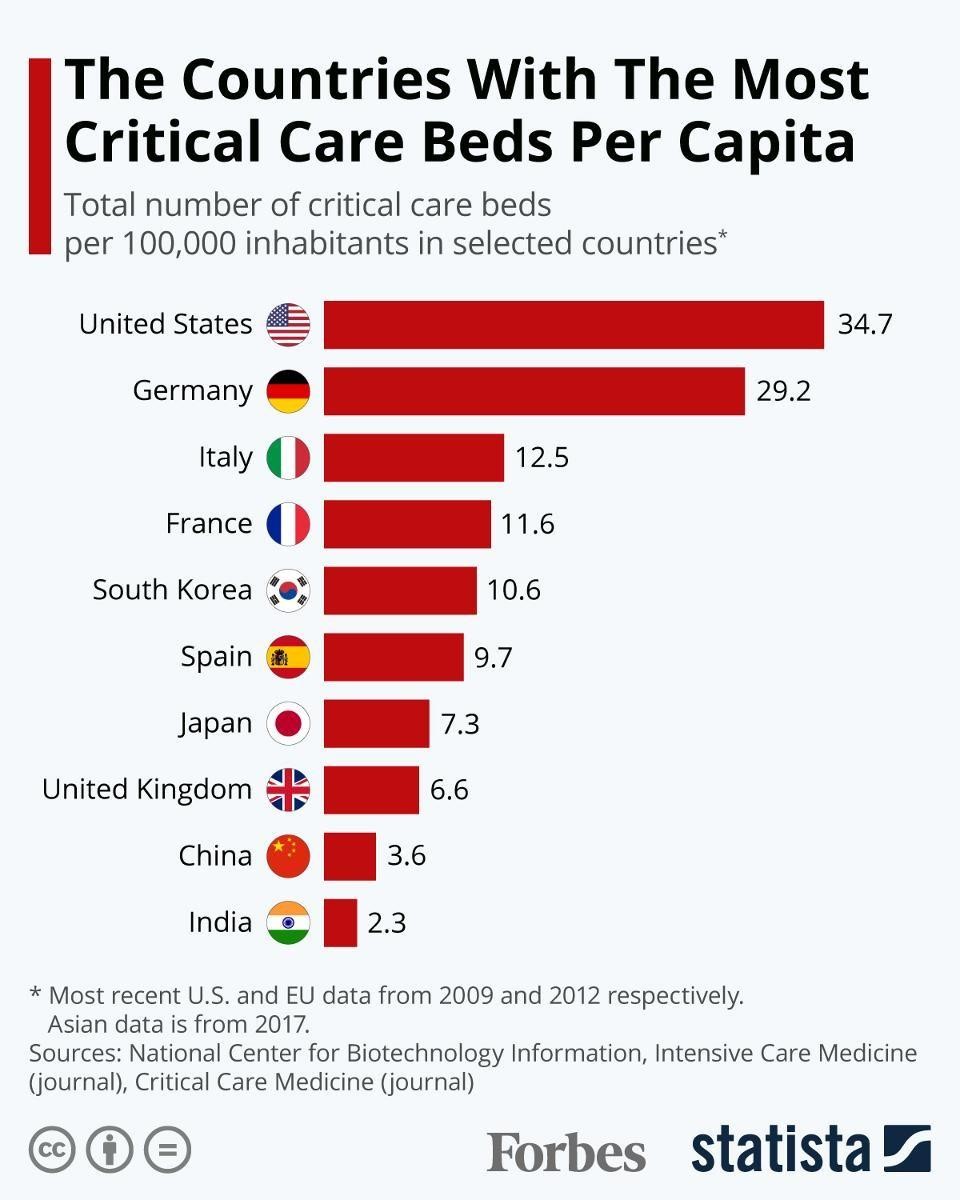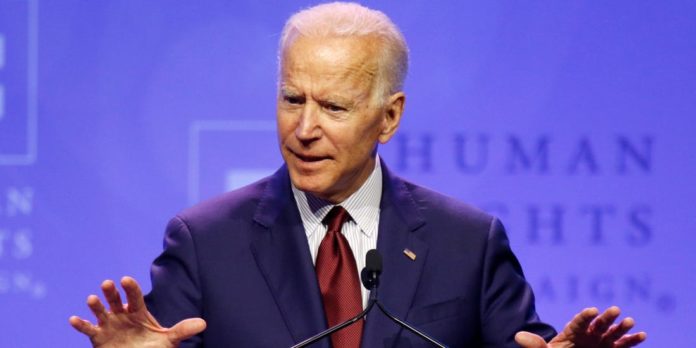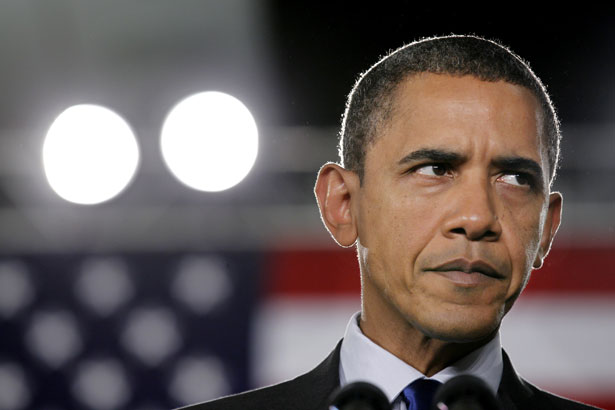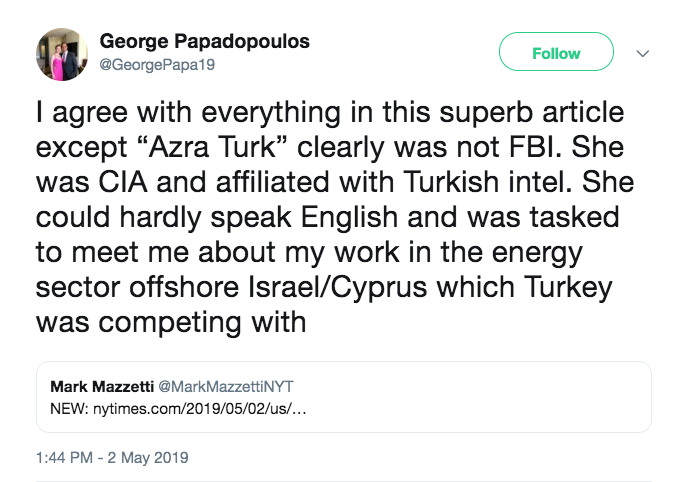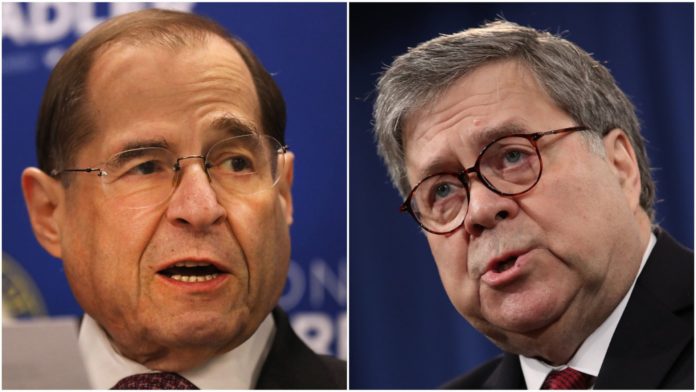South Dakota Republican Gov. Kristi Noem unveiled her state’s “Back to Normal” plan Tuesday, outlining steps she is encouraging her citizens to take without implementing draconian orders forcing South Dakotans into compliance.
“I am not announcing new government programs, more red tape, proscriptive phases, tight controls, or anything like that,” Noem made clear in a Tuesday press conference. “The plan I am unveiling today continues to put the power of decision-making into the hands of the people – where it belongs.”
Noem’s reopening strategy offers guidance to residents to maintain proper social distancing measures and includes a continuation of remote learning for students with a limited return to in-person education by the end of the school year for students to “check-in.” Noem is also encouraging employers to begin transitioning previously teleworking employees back to the workplace with enhanced sanitation practices while pleading with individuals who feel sick to stay home. State health care facilities are also being told to keep restricting outside visitors and reserve beds and supplies for coronavirus patients.
The South Dakota governor emphasized that these directives, as have previous guidelines issued by the governor’s office, are nonbinding, leaving it up to the state’s citizens to act responsibly.
“Ultimately it is the people themselves that are primarily responsible for their safety,” Noem said. “They are the ones who are entrusted expansive freedoms. They are free to exercise their rights to work, worship, and play or to stay at home and to conduct social distancing.”
South Dakota was one of few states that never saw a statewide shelter-in-place order implemented as the rest of the country was locked down to curb the spread of the novel Wuhan coronavirus. Other states that refrained from shutting down include North Dakota, Nebraska, Iowa, and Arkansas, all of which are primarily rural. Only Iowa ranks with the top half of states in the number of confirmed cases where the Hawkeye State comes 24th with more than 6,800 people known to be infected. South Dakota, on the other hand, places 41st in the nation with just more than 2,300 confirmed cases and 11 deaths as of Wednesday afternoon.
South Dakota saw its first case of the virus on March 10th with projections at the time warning of a surging caseload that would allegedly overwhelm the state’s health care system. Today, however, through steps taken voluntarily under the guidance of state and federal health officials, Noem reports that South Dakota was able to delay the peak of infections and cut it down by more than 75 percent, leaving ample room in the state’s hospitals to deal with a second outbreak.
“As governor, I did not dictate to the people of South Dakota,” Noem said. “I didn’t tell you what activities you could do, which ones were officially approved of or not approved of. I didn’t begin arresting or ticketing or fining individuals who are exercising their rights, nor am I going to do that today.”
State residents were encouraged to follow federal rules regarding social distancing and clean hygiene but were never coerced into doing so.
Noem’s resistance to follow a one-size-fits-all policy implementing a shelter-in-place order prompted backlash from national media blaming the governor for an outbreak at the world’s largest pork processor, Smithfield Foods in Sioux Falls where hundreds of employees fell sick. The Washington Post, featuring a crazy eyes photo reminiscent of Newsweek’s infamous cover of former Minnesota Congresswoman Michele Bachman, branded South Dakota as a coronavirus hot-spot in mid-April. The article attributed the surge in new cases to the governor’s refusal to threaten citizens with fines or arrests for not adhering to government-sponsored social distancing guidelines.
“South Dakota’s governor resisted ordering people to stay home. Now it has one of the nation’s largest coronavirus hot spots,” the Post headlined its piece.
With fewer than 1,000 cases and six deaths at the time however, South Dakota was no “hot spot” and never became one. Even if Noem had shut down the state, Smithfield Foods where at least a third of the state’s coronavirus cases came from still would have been operating under the order as it is considered an essential business necessary to keep the nation’s supply chains resilient through the crisis.

